Sea Hag
- Type:
- shipwreck, sailing ship
- Depth:
- 85 ft
A large wooden sailing ship, more intact than most. The hull is almost complete, 8-10 feet high, with a Navy-style stockless anchor in one side of the bow, and bowsprit lying in the sand below. The bowsprit indicates that this was a true sailing ship and not a schooner barge. I saw no sign of towing bits, bow, or stern. The stern is broken down.
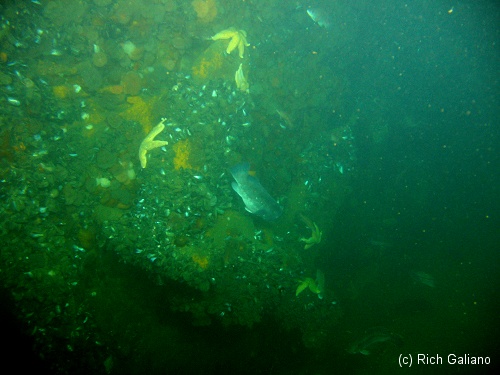
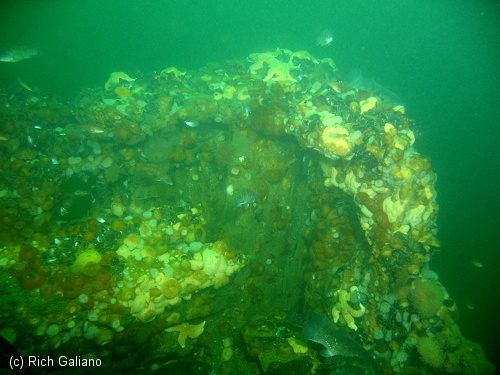
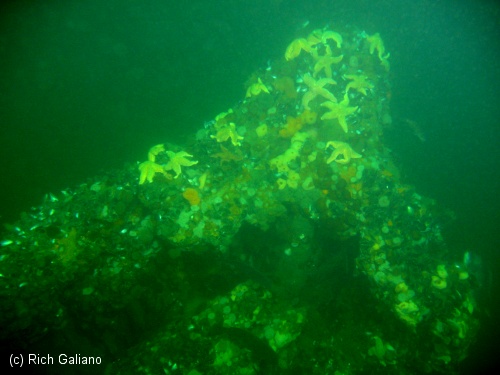
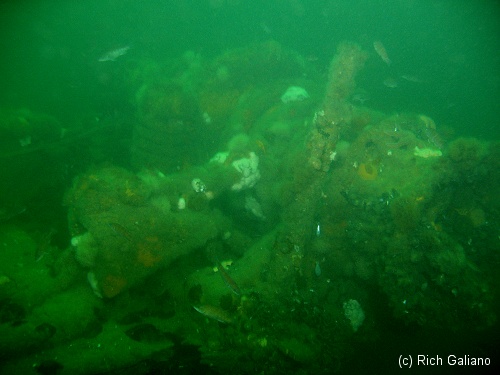
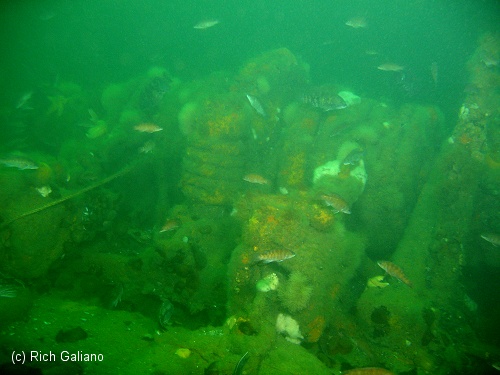
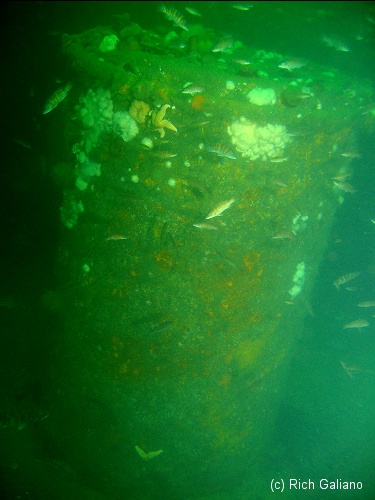
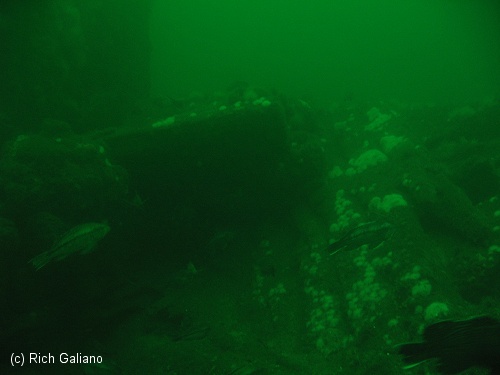
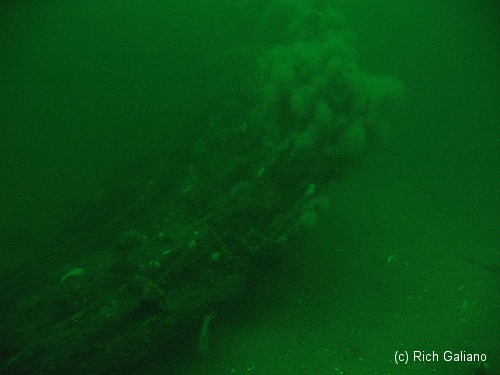

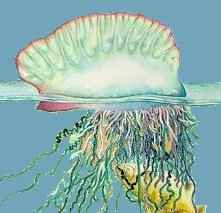
Questions or Inquiries?
Just want to say Hello? Sign the .